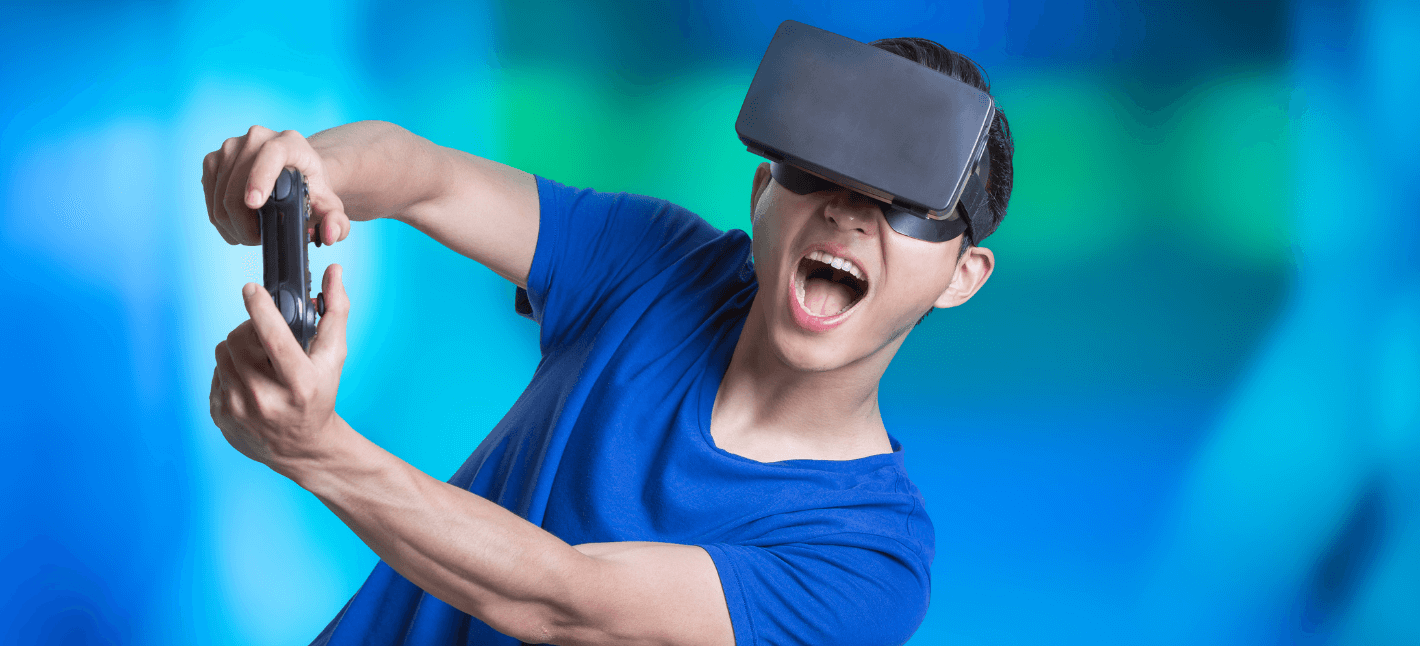The global entertainment industry is not only thriving but also experiencing remarkable growth. Within the entertainment industry, the global gaming market is estimated to reach $665.77 billion by 2030, while the video streaming and movie markets show equally promising potential. At the epicenter of this extraordinary growth lie IoT and seamless connectivity. Let’s embark on a deeper exploration of this exciting journey and highlight how consumer electronic manufacturers can improve their products with IoT technology!
Next-generation entertainment solutions
Entertainment solutions have undergone a gradual transformation driven by technological advancements. The global infrastructure of the Internet of Things (IoT) and its connectivity solutions have bestowed numerous innovations upon the entertainment industry. These innovations range from multiplayer gaming consoles and immersive experiences to the world of streaming content and smart entertainment devices.
Manufacturers can tap into this wide market through their unique gaming & entertainment offerings, such as:
- IoT controllers:
The landscape of entertainment, particularly gaming, is primed for transformation in the years to come, driven by the growing familiarity of consumers with IoT infrastructures in their homes. IoT remote controllers and voice-controlled Human-Machine Interface (HMI) devices have the potential to enhance the retail user experience.
Furthermore, some gaming controllers now incorporate intelligent sensors that mirror users’ movements within the game, resulting in a highly interactive form of entertainment. However, these devices must have the right IoT communication channel that consumes low power and performs seamlessly.
- Immersive wearable devices:
Similar to remote controllers and gaming consoles, IoT wearables enable users to engage with their content on a more immersive level. This category encompasses wearable products from IoT manufacturers, such as smart gloves and smart glasses. Nevertheless, it’s important to note that wearable products typically necessitate global SIM card connectivity.
- Smart home theater:
Home theaters have garnered a broad consumer base thanks to their enduring popularity. An evolution of the traditional home theater is the introduction of a smarter variant, which offers internet connectivity. These smart home theater devices can link to a cellular internet provider via Wi-Fi or another private network.
Enhancing the consumer experience, a smart home theater integrates various smart devices. Smart projectors, speakers, and IoT lighting, all connected to the internet, elevate the modern entertainment experience. Additionally, a smart home assistant at the center of this IoT infrastructure can be a game changer in creating an IoT entertainment hub.
- Augmented reality for events & games:
Augmented reality opens up innovative avenues for expanding audience reach and revenue generation within the entertainment and gaming industry. “Pokemon Go” stands as a prime example, illustrating the swift and widespread adoption of AR by the general public, allowing them to experience augmented reality with just a smartphone and internet connectivity.
This potential for interactive experiences isn’t limited to any particular game; AR/VR and IoT can collectively revolutionize the gaming and entertainment landscape. Taking it a step further, low-power AR/VR wearables can give a boost to gaming and entertainment consumption.
Similarly, for live events and sports, augmented reality can serve the audience very well as manufacturers can create a digital twin of an actual event and make it accessible with IoT. This solution empowers users to explore event details like schedules, reserved seating, food options, and exciting trivia. Smart stadiums with wide internet coverage are a thing, and they can bring in more money from audiences than ever before.
- Movies and content production:
The production of compelling content often involves substantial expenses, from the allocation of time and equipment rentals to compensating various stakeholders. In such instances, content producers can leverage IoT connectivity solutions to streamline their production workflows and reduce costs. IoT technology assumes a pivotal role in monitoring assets, equipment, and crew members, ultimately boosting productivity in the creation of films and shows.
IoT can enhance a producer’s ability to efficiently manage the entire crew by enabling IoT-driven communication, coordination, and the seamless exchange of vital information. These benefits become readily accessible when a network of IoT devices is interconnected to the internet.
Everything you need to know about IoT SIMs
Challenges for IoT in gaming & entertainment
IoT applications are quite valuable. However, their implementations require significant engineering efforts. Setting up an IoT infrastructure is equally hard for a gaming console manufacturer as it is for a smart stadium provider. As a manufacturer, here are some crucial considerations to bear in mind:
- Safety & data privacy:
The most common challenge with any IoT implementation is protecting user’s data. The entertainment and gaming preferences of users can unveil insights into their psychology and interests. Ensuring the safety and security of the IoT network against cybersecurity threats is paramount. - Interoperability:
Different IoT manufacturers use different hardware chipsets and communication protocols. This creates a need for several different networks and makes the solution inefficient for consumers. A unified solution such as direct cellular internet connectivity solves those networking challenges. - Reliable network performance (latency and reliability):
When entertainment and gaming solutions are connected to the internet, they must be reliable and error-free to prevent disruptions in the user experience. Low latency and high reliability are non-negotiables for an internet network. No one would want to miss a moment during their favorite game, right? - Lifetime costs:
What’s the bottom line in terms of cost? IoT infrastructures entail both a non-recurring engineering (NRE) infrastructure cost and an ongoing expense for network connectivity. Selecting the most suitable solution leads to significant savings for both manufacturers and end users in the long run. A flexible, scalable, and reliable IoT connectivity provider can help make IoT implementations easy for you. Learn more about pricing and effective IoT Monetization. - Scalability:
If you’re an OEM/ODM involved in IoT product development, scalability is a crucial aspect to contemplate. An effective IoT solution should be designed to accommodate extensive data and a multitude of devices within the network. Ensuring alignment between the network protocol, the solution provider, and the hardware module is essential to meet your scalability projections.
Freeeway is among the most renowned providers that help IoT implementations globally, including for the entertainment industry. You can check out our network connectivity options and go through our resources to learn more about your IoT design challenges and how to solve them.





